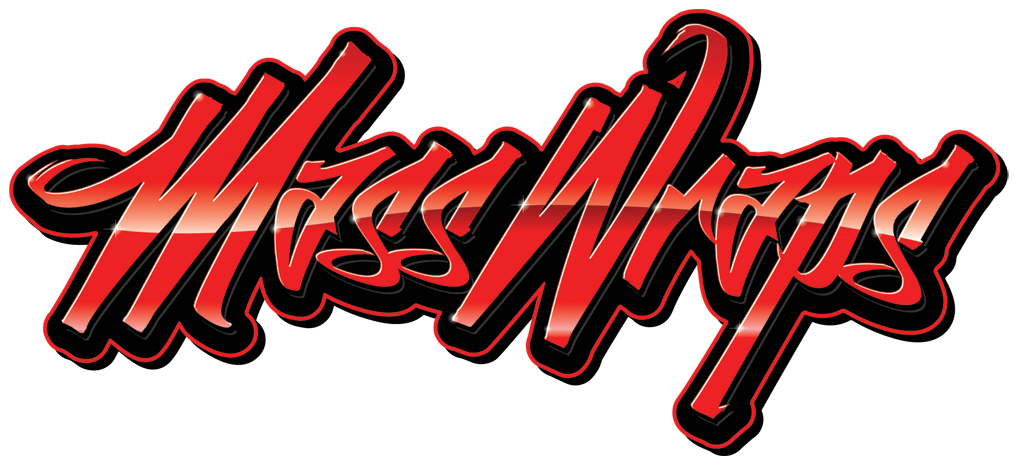How It’s Done
The following is a walk through of our typical process for a full wrap.
The first thing a client will need to do is decide on what color they want to use, we suggest they come to the shop and look at our hundreds of samples to make this decision.
Once a color is selected, and we have inspected the vehicle, we can generate an estimate for the client.
The next step is to set a date which works for the client.
When the client drops off the vehicle, the material ordered is shown to them to ensure it is exactly as they wanted. We can quickly order a different material in case of a problem.
The vehicle is then brought into the shop and photos are taken of the vehicle and any damage it has. Notes are also made about any existing damage.
The vehicle is then washed and photographed again, often revealing more subtle paint or body problems. This is important to address early to ensure the smoothest possible wrap.
The vehicle is then disassembled, usually removing both bumpers, trim, door handles, mirrors, antenna, etc.
The disassembly often releases lots of dirt and sand which is then cleaned from the vehicle and the shop floor. The parts removed are also cleaned on the inside to remove any dirt as well. Photos are again taken of the progress.
If the vehicle has dents, and the client would like, a paintless dent repair pro is brought in to remove or reduce dents as much as possible, without damaging the original paint. Photos are taken before and after this work.
We then get the vehicle up on to our Race Ramp lifts. This allows the vehicle to remain above the ground without putting any stress on the suspension or damage to the body or frame. Wraps done when the vehicle are on the ground are full of dirt and sand, very low quality.
The next order of business is to measure the vehicle, and plan the size and cut of the wrap for each panel. The film itself is also examined for flaws, limits of stretch, glue strength and other workability concerns.
The vehicle is then ready to wrap, which we do one panel at a time. The panels being wrapped are first clay barred, then cleaned with alcohol to remove any final wax, dust or dirt stuck in the paint, fingerprints or oil. Photos are taken before and after.
The entire job is captured in time lapse photography from our security cameras, these files are set aside for later review and publication. We also set up cameras on tripods and on our bodies to record the process in action. These videos are all used later to examine quality and work standards as well as promotional tools for future clients. Most clients also enjoy seeing their vehicle being transformed radically by the wrap.
This painstaking process is then applied to each panel of the vehicle, one by one. Great care is taken to minimize any dust in the shop.
While we are in the process of wrapping, we keep in communication with the client, often sending them photos of the progress. We also point out any problems that occur, and ask for input about design or technique.
Once the vehicle and parts are fully wrapped, we often are asked to install accessories on the body - for instance splitters, spoilers, and ground effects. This is a perfect time to do this, as the parts usually attach from the inside, and with the vehicle disassembled we can do so with vastly reduced labor vs a complete vehicle. Photos are taken before and after these installations.
The vehicle is then assembled carefully to ensure no damage to the new wrap. Any problems are addressed and repaired.
The vehicle is then fully wiped clean and vinyl treatment is applied. The vehicle is photographed in the shop, and if weather permits, outside the shop as well. It is not taken outside of our parking lot.
The entire vehicle is carefully inspected, any flaws are addressed. Mechanical systems are verified to be operational.
A final spray of vinyl treatment is applied, and any fingerprints removed.
The client comes down to pick up the vehicle. We walk them through the entire job, show the highlights of the wrap, and verify they are satisfied. After care products and instructions are provided.
Following the delivery, we like to have a check up within the first month of ownership. This is a complimentary process where we inspect every detail of our wrap and address any areas that need improvement. This procedure is then done again 6 months later to double check the wrap is holding up as well as possible. This is also a good time to go over proper upkeep with the client and ensure that it is being followed.
